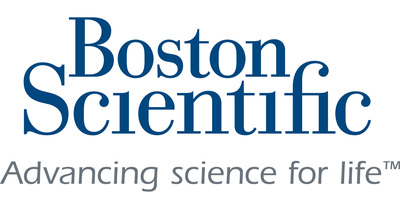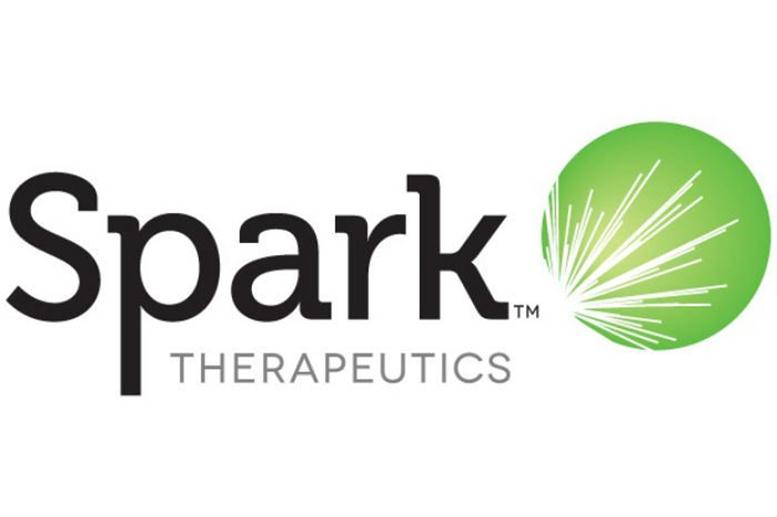Additional data from APPRAISE ATP trial reinforce modular therapy approach with EMBLEM™ Subcutaneous Implantable Defibrillator and EMPOWER™ Leadless Pacemaker
MARLBOROUGH, Mass., May 18, 2024 /PRNewswire/ — Boston Scientific Corporation (NYSE: BSX) today announced positive six-month results from the ongoing pivotal MODULAR ATP clinical trial of the mCRM™ System,* the first modular cardiac rhythm management (CRM) system that consists of the EMBLEM™ Subcutaneous Implantable Defibrillator (S-ICD) System and the EMPOWER™ Leadless Pacemaker (LP). As components of the mCRM System, the devices are designed to work together wirelessly to coordinate painless intracardiac anti-tachycardia pacing (ATP) therapy, provide rate-responsive bradycardia pacing support and to prevent sudden cardiac death without the risk of leads in the heart or under the sternum. Findings were presented at Heart Rhythm 2024, the annual meeting of the Heart Rhythm Society, and simultaneously published in The New England Journal of Medicine.
In addition to evaluating the safety and performance of the EMPOWER LP as a standalone pacemaker, the trial evaluated the ability of the EMBLEM S-ICD System to successfully communicate a wireless request to the LP to deliver ATP therapy. Findings from the trial met all pre-specified six-month safety and effectiveness endpoints, and demonstrated:
- A major complication-free rate of 97.5% after implantation of the EMPOWER LP.1
- A communication success rate of 98.8% from the EMBLEM S-ICD System to the EMPOWER LP.2
- An ATP success rate of 61.3%,3 and no patient requests for deactivation of ATP or bradycardia pacing due to pain or discomfort.
- Pacing capture thresholds, which indicate stable device fixation within the heart, of ≤ 2.0 V at 0.4 ms in 97.4% of patients.
“We saw excellent overall clinical performance of the mCRM System in this study, including a high rate of communication success from the S-ICD to the leadless pacemaker, and a low rate of major leadless pacemaker complications,” said Prof. Reinoud Knops, M.D., Ph.D., Department of Cardiology and Electrophysiology, Amsterdam UMC, Amsterdam, Netherlands. “These findings are noteworthy, as high percentages of communication success and pain-free termination of spontaneous arrhythmia episodes indicate a potential upgrade pathway for patients currently implanted with an S-ICD who develop a need for ATP or pacing.”
Also presented at Heart Rhythm 2024 were results from the APPRAISE ATP clinical trial – a prospective, randomized, multicenter study evaluating ATP as a primary strategy for terminating ventricular tachycardias in primary prevention (PP) patients (i.e., those without a history of spontaneous sustained ventricular arrhythmias). The trial enrolled 2,626 PP patients indicated to receive an ICD at 134 centers globally and is the largest head-to-head trial of ATP in this patient group. In the study, patients were randomized 1:1 to standard transvenous-ICD therapy – ATP plus an ICD-delivered shock to terminate a ventricular tachycardia – versus shock only. Across five years of follow up, data demonstrated a statistically significant, but small absolute first all-cause shock reduction in only 1% of patients per year. Shock burden, or the number of shocks experienced by a patient, was not significantly different between the two arms, and the vast majority of patients in the ATP-plus-shock arm did not require ATP therapy.
“Together, data from the MODULAR ATP and APPRAISE ATP trials reinforce the promise of the groundbreaking mCRM System, illustrating a clear path forward for physicians to offer therapies that prevent sudden cardiac death and deliver ATP for the small number of patients who benefit from it,” said Kenneth Stein, M.D., senior vice president and global chief medical officer, Boston Scientific. “Instead of subjecting all patients to the risks of more invasive approaches, such as placing leads in the heart or tunneling them under the sternum to provide therapies they might not require, these data indicate physicians may have the opportunity to tailor therapy to the patient’s individual needs and health.”
The company anticipates U.S. Food and Drug Administration approval of the mCRM System in 2025. For more information on the mCRM System and MODULAR ATP trial, visit www.bostonscientific.com/mcrm. To learn more about the EMBLEM MRI S-ICD System, visit www.sicdsystem.com.
*The EMPOWER LP is an investigational device and limited by U.S. law to investigational use only. It is not available for sale. Some device references are for informational purposes only and are pending CE Mark. Not available in the European Economic Area.
**Dr. Reinoud Knops is a paid consultant of Boston Scientific Corporation. He has not been compensated in connection with this press release.
About Boston Scientific
Boston Scientific transforms lives through innovative medical technologies that improve the health of patients around the world. As a global medical technology leader for more than 40 years, we advance science for life by providing a broad range of high-performance solutions that address unmet patient needs and reduce the cost of healthcare. Our portfolio of devices and therapies helps physicians diagnose and treat complex cardiovascular, respiratory, digestive, oncological, neurological and urological diseases and conditions. Learn more at www.bostonscientific.com and connect on LinkedIn and X, formerly Twitter.
Cautionary Statement Regarding Forward-Looking Statements
This press release contains forward-looking statements within the meaning of Section 27A of the Securities Act of 1933 and Section 21E of the Securities Exchange Act of 1934. Forward-looking statements may be identified by words like “anticipate,” “expect,” “project,” “believe,” “plan,” “estimate,” “intend” and similar words. These forward-looking statements are based on our beliefs, assumptions and estimates using information available to us at the time and are not intended to be guarantees of future events or performance. These forward-looking statements include, among other things, statements regarding our business plans and product performance and impact, and new and anticipated product approvals and launches. If our underlying assumptions turn out to be incorrect, or if certain risks or uncertainties materialize, actual results could vary materially from the expectations and projections expressed or implied by our forward-looking statements. These factors, in some cases, have affected and in the future (together with other factors) could affect our ability to implement our business strategy and may cause actual results to differ materially from those contemplated by the statements expressed in this press release. As a result, readers are cautioned not to place undue reliance on any of our forward-looking statements.
Factors that may cause such differences include, among other things: future economic, competitive, reimbursement and regulatory conditions; manufacturing, distribution and supply chain disruptions and cost increases; variations in outcomes of ongoing and future clinical trials and market studies; new product introductions; demographic trends; intellectual property; litigation; financial market conditions; and future business decisions made by us and our competitors. All of these factors are difficult or impossible to predict accurately and many of them are beyond our control. For a further list and description of these and other important risks and uncertainties that may affect our future operations, see Part I, Item 1A – Risk Factors in our most recent Annual Report on Form 10-K filed with the Securities and Exchange Commission, which we may update in Part II, Item 1A – Risk Factors in Quarterly Reports on Form 10-Q we have filed or will file hereafter. We disclaim any intention or obligation to publicly update or revise any forward-looking statements to reflect any change in our expectations or in events, conditions or circumstances on which those expectations may be based, or that may affect the likelihood that actual results will differ from those contained in the forward-looking statements, except as required by law. This cautionary statement is applicable to all forward-looking statements contained in this document.
CONTACTS:
Steve Bailey
Media Relations
(651) 582-4343 (office)
[email protected]
Jon Monson
Investor Relations
(508) 683-5450
[email protected]
1 Major complications defined as any complication related to the EMPOWER LP or its implantation procedure that results in system revision, permanent loss of LP function, hospitalization, or death.
2 During communication tests, the S-ICD attempted to command the LP to deliver pacing at a rate approximately 10 beats per minute faster than the patient’s intrinsic rhythm.
3 ATP success rate defined as terminating ventricular arrhythmia.
![]() View original content to download multimedia:https://www.prnewswire.com/news-releases/modular-atp-study-of-the-mcrm-system-meets-primary-safety-and-efficacy-endpoints-302149475.html
View original content to download multimedia:https://www.prnewswire.com/news-releases/modular-atp-study-of-the-mcrm-system-meets-primary-safety-and-efficacy-endpoints-302149475.html
SOURCE Boston Scientific Corporation

Featured image: © sudok1




